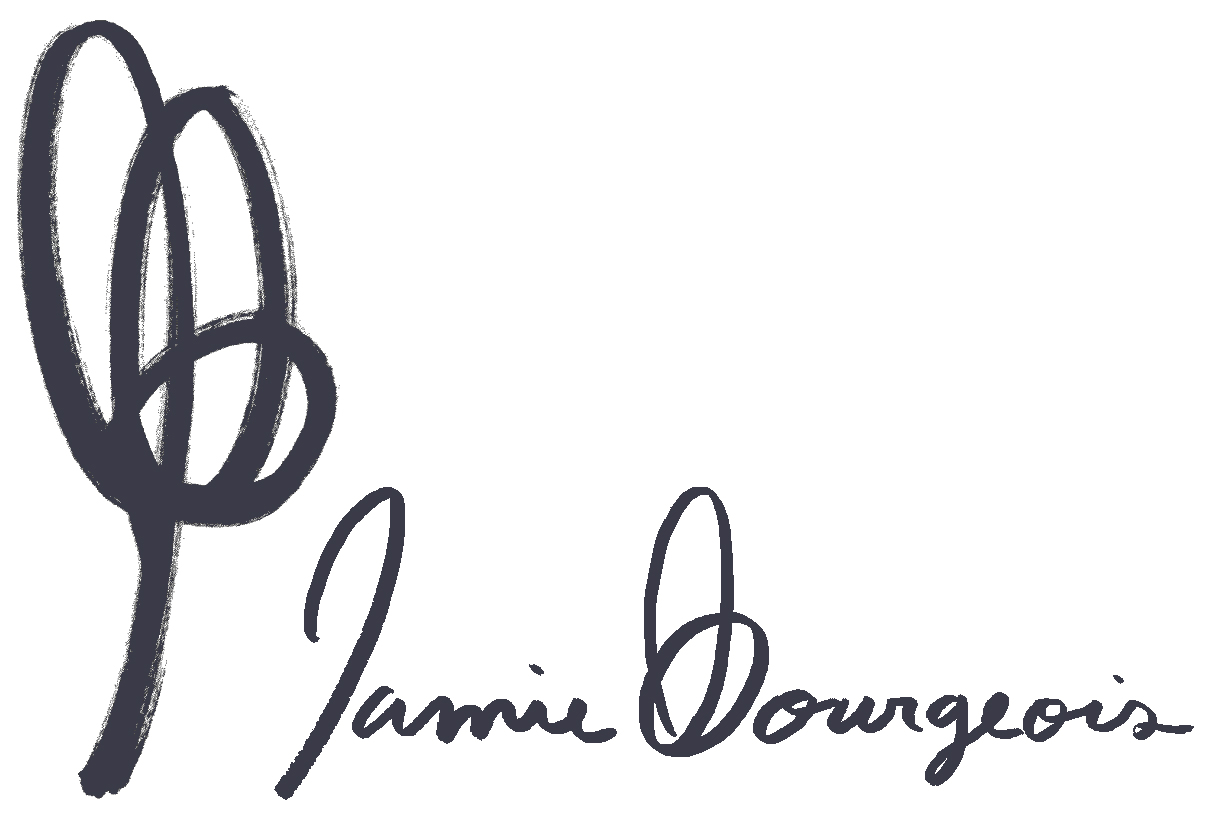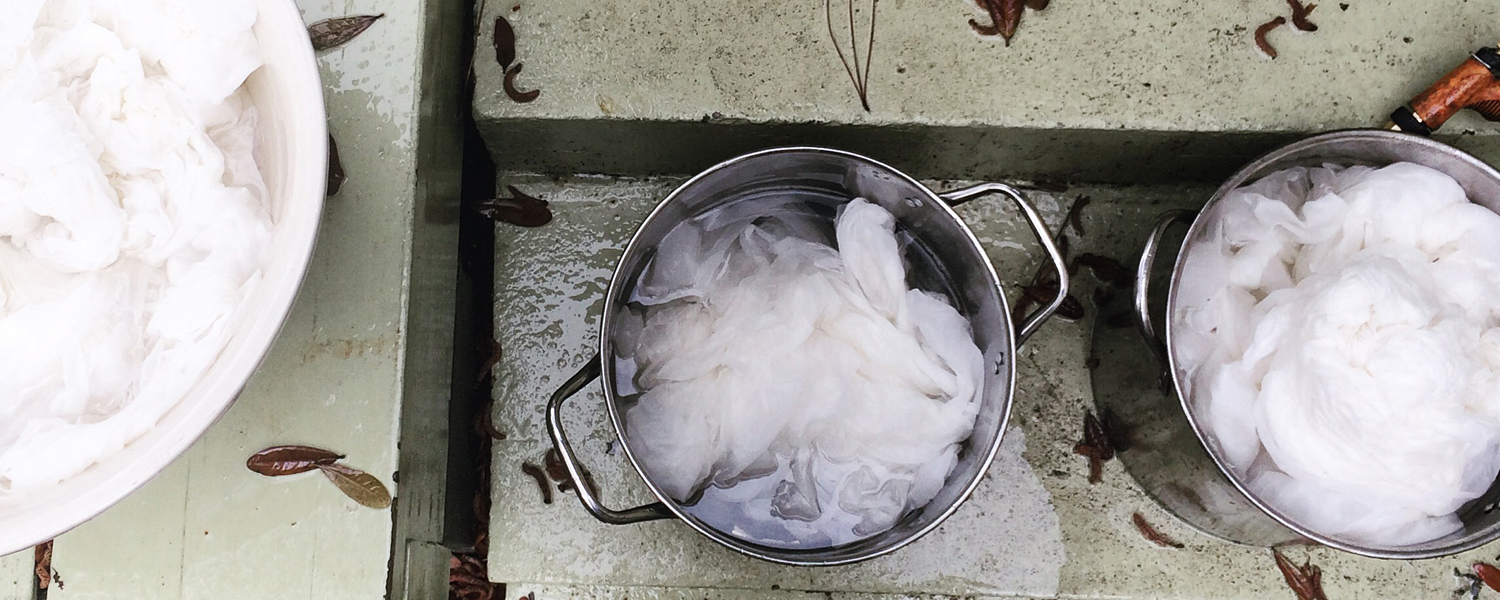Below are (some of) the layers of time that went into creating the Moth Series scarves. Now available in the SHOP. Enjoy.
Savannah Magazine for Libbie Summers
The May/June issue of Savannah Magazine is here and guess who has tiny tape bugs featured on page 97!? A few months ago I was asked by the vivacious and multi-talented artistic director, producer, and food stylist, Libbie Summers, to make a few masking tape insects for her spread in the Epicurean issue of Savannah Magazine. Here's a snippet of my feature, make sure to grab a copy so you can see the entire editorial! All photos were curated by Libbie with the help of Candace Brower, Anthony Lunsmann, and uber-talented photographer Cedric Smith.
And here are some up-close-and-personals of the praying mantis and io moth.
Ambush ye? Or Ambush ye not?
Assassin Bugs are terrestrial ambush predators. They are stealthy, hearty, True Bugs in the Order Hemiptera. There are many different species of assassin bug living all over the world. Most have a curved proboscis that some scientists like to call the ‘rostrum.’ But, I’m going to call it a proboscis, because I like that word better. They look a lot like Gonzo from Sesame Street…but a more maniacal version of Gonzo.
Anyway, assassin bugs use their long, curved, sharp proboscis to stab, inject, liquefy the insides of, and consume their prey. Their saliva contains enzymes that predigest the tissue of the prey for them, so that they always get to enjoy a nice gut-slushy for every meal. Some assassin bugs have long hairs on their legs which help them to hold their prey while they slurp away!
But, what really caught my attention with these guys has to do with a specific species, the Acanthaspis petax assassin bug. These guys specifically eat ants, and are very resourceful with every meal, attempting to use all parts of their pray to their advantage. After a nice dinner, each ant victim is piled high onto the back of its predator, stuck there with a sticky secretion. That’s right, the assassin bug wears a coat of dead ant carcasses. Not for fashion, but for protection, a very, very smart camouflage. You see, the number one predator of the Acanthaspis petax assassin bug is the jumping spider. The jumping spider knows very well not to attack a swarm of ants, because a swarm of ants will most definitely win; but, a jumping spider will most definitely attack a naked assassin bug! An assassin bug is like pizza. Everybody likes pizza. But a pizza piled with ants is not good pizza to the jumping spider. AND even if the jumping spider DID feel like having a slice of ant piled pizza, thanks to that impermanent sticky secretion, the assassin bug has a sweet get away opportunity while the jumping spider is still wondering what just happened!
Some species of assassin bug are no good for humans either. They will stab you and try to liquefy your guts too. Some may even transmit potentially fatal diseases to you. But, they’re not all bad on the home front. Some species are actually kept as pets in some countries because those species like to munch on household pests, like cockroaches and bedbugs. And even better, some species’ venom is being studied due to potentially positive effects against human pathogenic Gram-negative bacteria.
These guys are all over the place, literally and figuratively.
oooo that smell
Stink Bugs: look cool, smell gross, act real normal.
They are your typical bug, a True Bug, you might say. Stink Bugs are also known as Shield Bugs, and some shield bugs (the one’s we are talking about here) are in the family, Pentatomidae. But, most people know them as stink bugs because, when they feel threatened they secrete a smelly glandular substance from the pores of their thorax. Some secrete their smelly concoctions as they walk, leaving a trail behind. They do this even when they’re not scared, to keep from being scared, by always being on their smelly guard. Those guys ruin the fruit for all of us.
Actually, many of these guys ruin our fruit. Some species are huuuuuuge pests to human’s.They can create large populations of themselves and decimate crops. (In contrast, some are hugely beneficial, feasting on other crop decimators.)
But really, the coolest thing about stink bugs….
Catfacing.
Stink bugs will suck the sap out of young fruiting bodies. If the fruit doesn’t die and fall to the ground, the healthy tissue will continue to grow, leaving the punctured areas behind. This creates a deformed looking fruit. CATFACE.
Hey look, those tomatoes look familiar...
Dragonflies
When I was younger, I believed that however many times it took to pluck the head off of a dead dragonfly was the number of years it had lived.
This week’s post is about the Dragonfly. Instead of exploring the physical and biological aspects of the dragon fly, I’m going to write about human perceptions and myths relating to the dragonfly.
So maybe this post is more about humans than dragonflies?
Human’s like to tinker, especially in the brain. Everything, dead or alive, has a story or a reason for being. This is especially how it was before science happened.
It seems like most cultures had/have positive perceptions of dragonflies. Except for the Europeans, but old white cultures were scared of nature, so that makes sense. In parts of Europe, dragonflies were called “devil’s darning needles,” “ear cutters,” and “eye snatchers.” They were perceived to bring the devil out and do harm, especially to horses. Damn those ‘horse stingers!!’ (Although, on a more biological note, dragonflies actually help horses (and humans), by eating tons of those pesky parasitic insects (mosquitoes) that actually DO harm the horses.)
In contrast, some Japanese myths tell of the dragonfly as a Holy creature that represents courage, strength, and happiness. And, in some Native American (sorry to be so non-specific about Tribes here) stories, dragonflies are seen as the souls of the dead, or symbols for activity, swiftness, and purity of water. Many modern day people view the dragonfly in a positive light as well. They are a symbol of power, transformation, adaptation, peace, and harmony.
It is the idea of the dragonfly representing transformation, adaptation, and harmony that I used while creating a stage installation for a music and art festival called the A-Town Get Down. The one-day festival is put on by the Alex Townsend Memorial Foundation, a foundation created in memory of Alex Townsend by his family to help support art and music development and appreciation all around the country. The installation is comprised of over a hundred dragonflies flying above a negative space which makes up Mount Kenya. Alex and his family were avid hikers, and Mount Kenya is one of the mountains they hiked. My installation is linked to artist, Katherine Sandoz’s stage installation through our concept of linking Savannah, GA with a mountain the family hiked together by referencing the landscapes and ecosystems of each.
You can see both of our installations, as well as many other talented artists and musicians at the A-Town Get Down Festival this Saturday the 21st. It will be held at the Charles H. Morris Center in Savannah, GA from 12pm-12am.
Don’t be square.
Lovebugs in Flight
For Halloween twenty-fourteen, I made Lane and I into a pair of Plecia nearctica, or to add the cheese, lovebugs.
Oh, Hi, Squirrel.
































